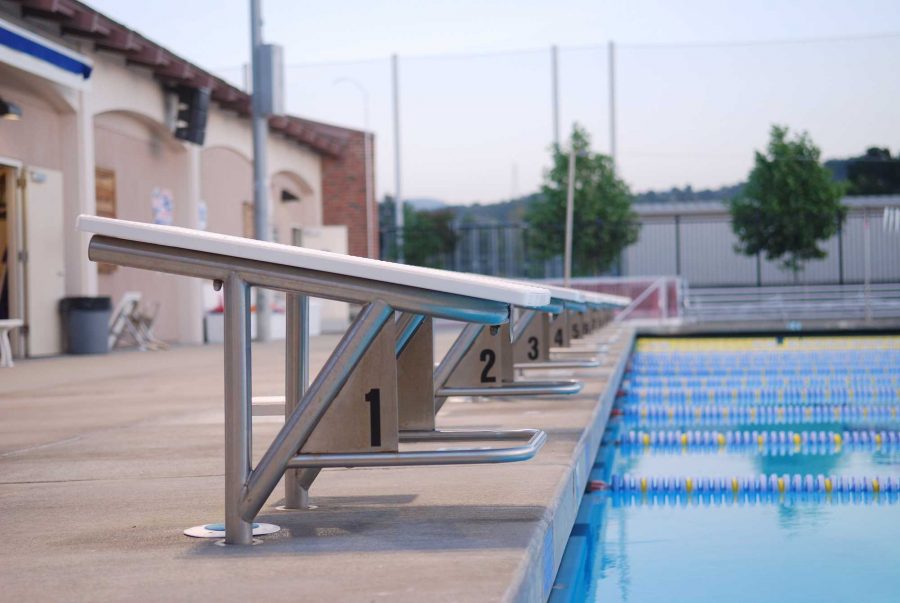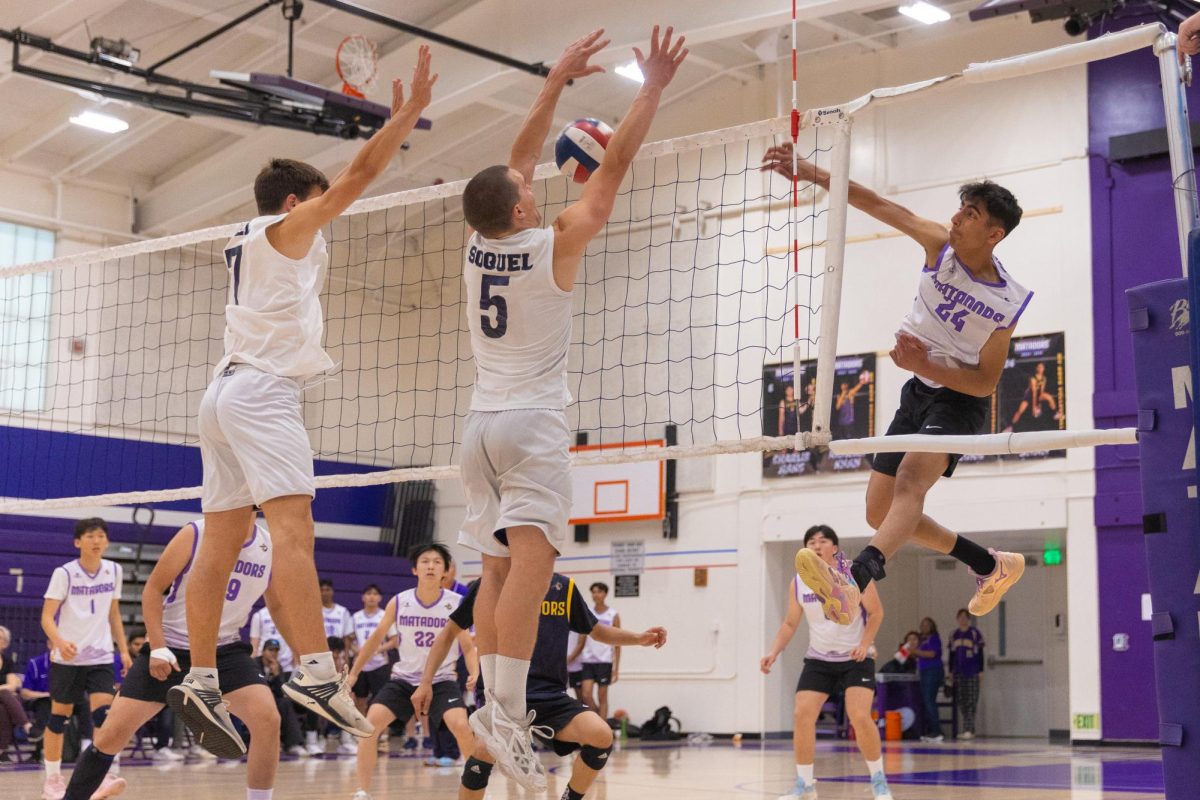Story by Om Khandekar and Aditya Pimplaskar
Until the final weeks of January, they are rival swimmers on rival teams. Then February rolls around and these rivals become teammates. Come May, senior Keven Shang can be seen speeding into the wall, finishing his portion of the relay just as senior Lucca Martins leaps off the starting block. The two swimmers from two rival clubs come together to swim in one race for one high school.
Most athletes join their club teams very early on, and from there they follow a strict practice routine on the path of growth and progression that includes year-long commitments with an occasional week long break.
Although it may seem like athletes on competitive club teams would carry their rivalries with them to a school team, their sports seem to bury any animosity that club teams could foster.
“You’re definitely pumped to beat other high schools,” Martins said. “Whether or not your club friends are on those [teams], you’re determined to win because most swimmers are pretty competitive, [but] in general I wouldn’t say there’s animosity.”
“In terms of our team dynamics, the people who go to CCS are mainly club swimmers, and what they’re used to is swimming for themselves,” senior Keven Shang said. “It’s actually very rarely in swimming that we see people swimming for team points.”
Shang has travelled the country competing with the De Anza Cupertino Aquatics national team. Competing at big meets in places like Oregon, Texas, Washington, Minnesota and North Carolina put him past the confines of the Central Coast Section and let him compete beyond high school.

“[The MVHS] swim team is really good,” senior Nicole Deacon said. “And it’s been like that for the past several years. So, the main people that compose the team and the main point scorers are the club swimmers who have been swimming for a long time.”
Deacon started swimming when she was five, and her time on DACA and the MVHS swim team has given her a new perspective on the dynamics within the team. From her perspective, although the team is mainly made of club swimmers, there isn’t any significant conflict between swimmers of different clubs.
“You get some people that are usually competing against each other fiercely all year, and then for three months out of the year they are competing for each other,” swimming head coach Troy Nissen said. Nissen believes that the MVHS swim team has effectively brought swimmers of competing clubs together to compete for their high school.
Martins moved to California as a swimmer participating on the other end of the spectrum for Palo Alto Stanford Aquatics. He began swimming competitively at the age of 10, for the North Baltimore Aquatic Club and Georgia Dynamo. As opposed to his short high school career, his time on highly competitive teams gives him a drive that parallels Shang’s. For him, swimming extends past the relatively short high school season.
“My best friends are not necessarily here at Monta Vista. They’re at PASA just because I spend three hours a day, sometimes five if I have doubles, with them,” Martins said. “We go through pain every single day together, so I feel like we understand each other better.”
Nissen agrees that involvement in the sport of swimming, regardless of one’s club, brings swimmers together.
“You have that shared experience where maybe you didn’t train together every day, but you did the same type of training every day. The same dedication. The same sacrifice,” Nissen said. “And that never goes away. It’s very special.”
In an area where a competitive drive is instilled in swimmers both in and out of the pool, these club swimmers are renowned in the swimming community. Different clubs push their athletes to faster times, more practice and a prospective future waiting to be scouted by college teams. They travel across the country to compete, but also to hone their craft in ways that a high school team can’t compare to, according to Shang.
But for the swimmers hailing from different clubs on the same high school team, their club team affiliations donít affect their school spirit.
“What I remember from my freshman year is connecting with the other club swimmers in a way that is just like they’re my high school classmates,” Shang said. “We’re at the same high school, I know you from this class, now we’re swimming together.”
As Shang puts it, swimming isnít a sport where animosity reigns supreme. They may separate themselves by their time, but in the end, their high school years arenít going to be remembered through the lens of club teams and team affiliations.
“That’s one of the really nice things with swimming,” Deacon said. “The friendships that you build, it’s indescribable.”








